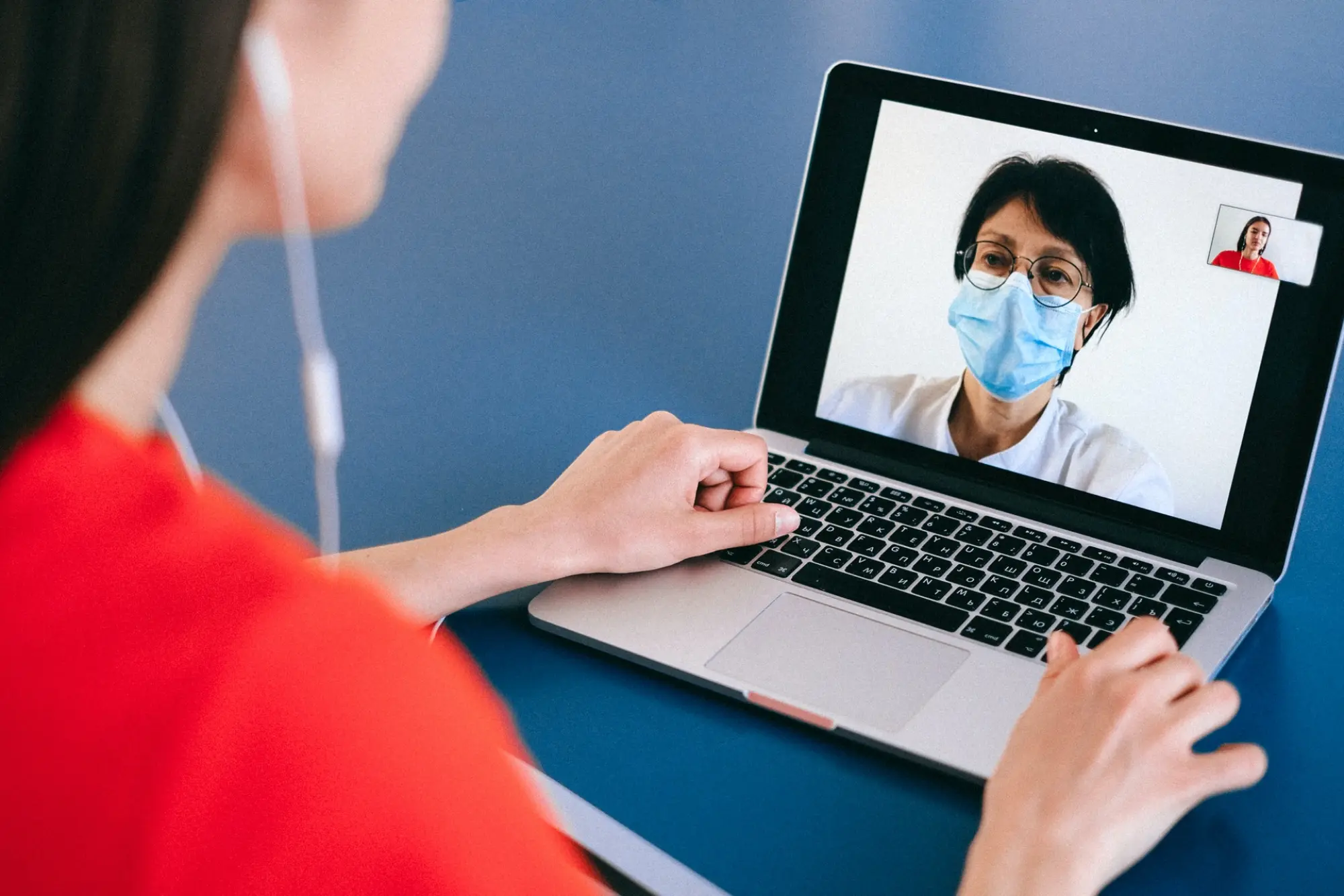We spoke to Leigh-Ann Silber, our business partner in South Africa about how we can support nutrition professionals best in connecting with their clients online.
Having to move her own dietetic practice (Leigh-Ann Silber Registered Dietitians, which is affiliated with Intelihealth) over to an online model means Leigh-Ann knows what she is talking about.
Not surprisingly, she was more than happy to share her own key learnings for dealing with patients — the challenges she came across and how she dealt with them. The move to a digital space offers a new opportunity to future-proof your business in a world that has increasingly moved online in recent years.
So, without further ado, let’s hand over to Leigh-Ann:
1. Patient information collection: dealing with a first-time patient
In an online nutrition consulting business, you don’t have a waiting room or a receptionist. You quickly have to transition from one consultation to the next depending on how you structure your bookings.
Don’t change what is working just because you are moving your business online. When I started to schedule online consults, I already had a well-defined structure in place, relying on online tools such as Logbox to capture new patient information. Every patient receives a link to download an app, including consent and liability forms which need to be signed. This makes the process a lot easier and ensures that potential legal issues are covered.
With all patient information being collected prior to their first consultation, I don’t waste my time noting everything down which allows me to spend more time focusing on how I can best help them. I also send a very basic questionnaire on their goals and eating habits which they fill in before meeting me, including a quick questionnaire on food intake. It is cloud based, no matter where I am, I can access their details.
2. Video conferencing technology
Make sure you know how to use video conferencing technology, know what could go wrong and don’t be scared. Since I already had experience with Zoom, this was the platform I chose*. Most important is that whichever one you use, you are comfortable using it and your patient is comfortable using it as well. It might be helpful to do some practice runs with your family or friends.
Always have a contingency plan in place should you not have access to WIFI or electricity (which still is very much a reality in Africa). I have the Zoom app on my phone, have a fully charged power bank for my phone in my office and a last alternative would be a Whatsapp call. Just be prepared for all eventualities.
*Please note that medical aids/professional bodies may only allow certain video conferencing software.
3. Consultation process
At the moment, we have to forgo relying on anthropometrics to evaluate changes. Until the time when our patients have scales that link to our computers (who knows?!), we have to rely on them taking their own weight. If my patients have scales at home, I ask them to take a picture of the number on the scale and send it to me (only if weight is required to monitor their progress).
We now need to look at other ways to monitor progress and goals. In my opinion, the best way is through food tracking. I get my patients to track their food intake in Libro and import their diet logs directly to my Nutritics account in order to run through the reports with them.
Not only can I assess changes and monitor how well they are reaching their personalised goals, it is also an effective tool for education. Not seeing people face-to-face takes away the personal connection, but I feel that using Libro and Nutritics is my link to them — my connection in a digital world.
4. Patient education: using visual aids
This is the most critical part of online consulting because anthropometry is limited. Most people are visual, so I use Nutritics beyond the normal dietary assessment. It is a great educational tool for me.
One of my favourite tools are the smart portion sizes. I use these to visually show portion size and can also compare nutrient differences per portion. For example, I show the difference in eating dark chocolate versus milk chocolate. This also helps when working on their eating behaviour.
Having everything in one platform makes it easier to navigate and avoids having to “Google” food and brand information continuously when being online.
5. Continuous contact after consultation: following up is key
What happens after the consultation has more impact on nutritional success than video conferences or face-to-face meetings.
Behaviour change is based on continuous nudges. Staying in contact with your patient on a daily basis has the most positive effects.
Currently, I am busy setting up programs for Libro, hoping to implement them in my practice within the next few weeks. In my opinion, this is going to be a game changer. This is what online consulting is all about.
If there is anything we can do to help make it easier to connect with your clients, please feel free to get in touch at support@nutritics.com. We’ll be more than happy to help!
